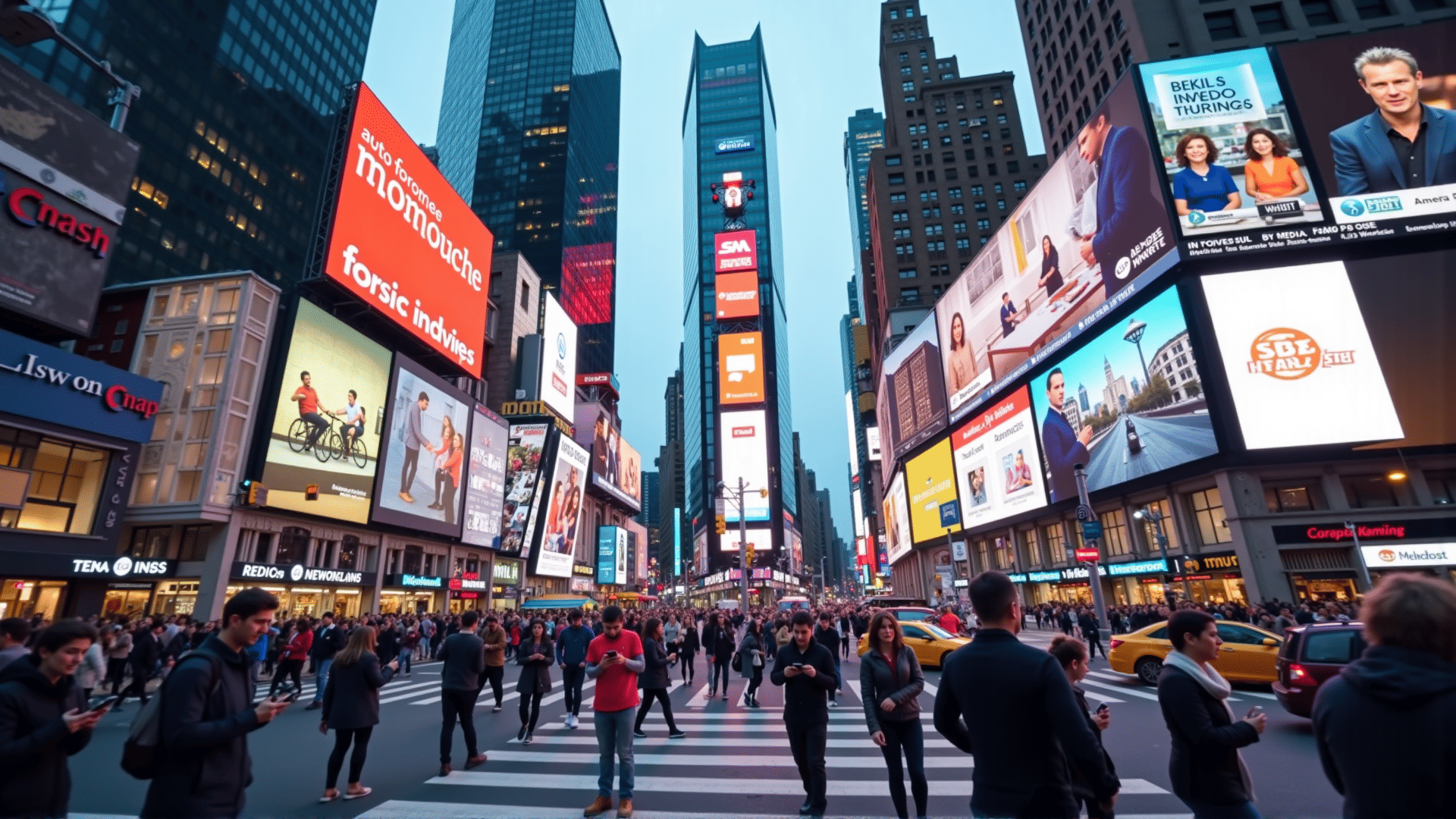In today's digital age, platforms play a crucial role in shaping how information is disseminated and perceived by the public. These channels of communication have a profound influence on societal norms, impacting everything from political views to cultural trends.
One of the primary ways these platforms shape public perception is through the selective presentation of information. Editors and content curators often have the power to decide which stories are highlighted and which are sidelined. This selectivity can significantly influence what people consider important or newsworthy, thereby shaping collective priorities and discussions.
Social platforms further amplify these effects by acting as echo chambers, where individuals are often exposed to viewpoints that reinforce their existing beliefs. This phenomenon can lead to polarization, as contrasting perspectives are less likely to be encountered or considered. The algorithms driving these platforms tend to prioritize engagement and user retention, often presenting content that aligns with users' preferences and past interactions, further intensifying this echo chamber effect.
Another aspect of media influence is the portrayal of societal norms and ideals. Through repeated exposure to certain lifestyles or behaviors, platforms can shape public expectations on how individuals should look, act, or think. For instance, the prevalent portrayal of idealized body images can contribute to public perceptions of beauty, sometimes leading to unrealistic standards and societal pressure.
Moreover, platforms hold the power to elevate voices and movements that might otherwise remain marginalized. Social campaigns have utilized these tools to raise awareness and drive social change, highlighting issues such as environmental concerns or social justice. By providing a stage for underrepresented voices, these platforms can lead to shifts in societal attitudes and norms.
However, with great influence comes responsibility. Platforms have a duty to ensure that the information shared is accurate and trustworthy. Misleading or biased information can skew public perceptions, leading to misinformed opinions and decisions. Therefore, fostering an environment where fact-based content thrives is crucial for the health of public discourse.
As media continues to evolve, it is essential for individuals to engage with content critically, questioning the sources and motivations behind the information presented. Media literacy education can play a vital role in equipping people with the skills needed to navigate the complex landscape of modern media, allowing them to distinguish between credible sources and those with potential biases.
In conclusion, platforms have an immense impact on shaping public perceptions and influencing societal norms. While they offer opportunities for positive change, they also pose challenges that necessitate responsible consumption and dissemination of information. As society continues to grapple with these issues, the onus is on both platforms and users to cultivate a media environment that fosters informed and balanced dialogue.
